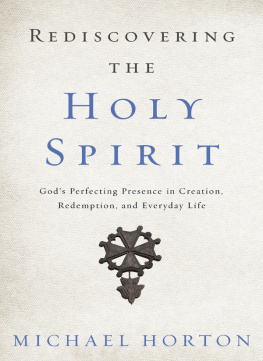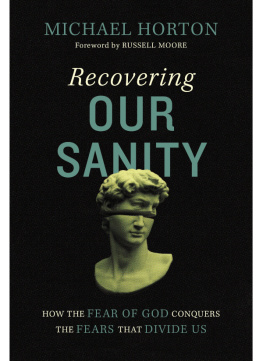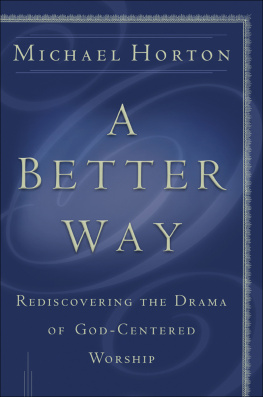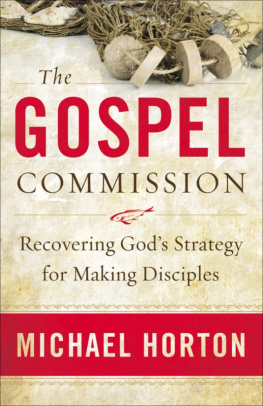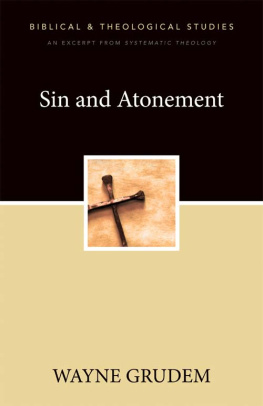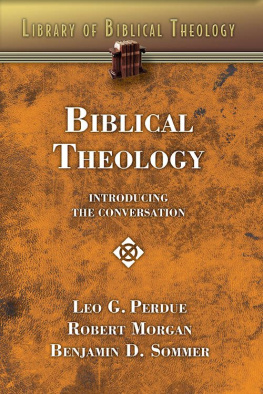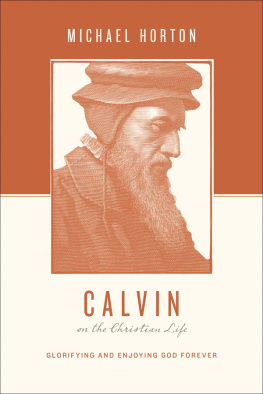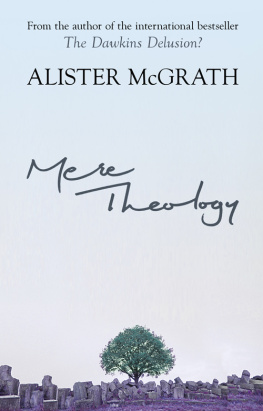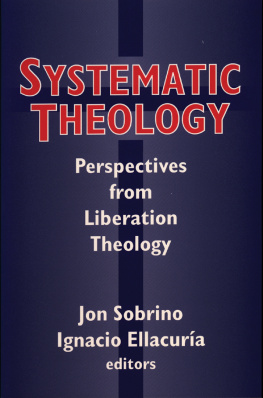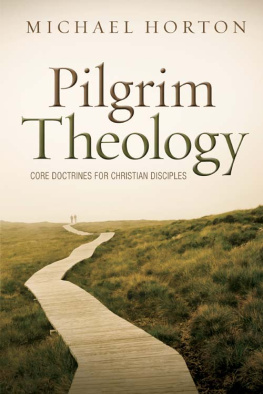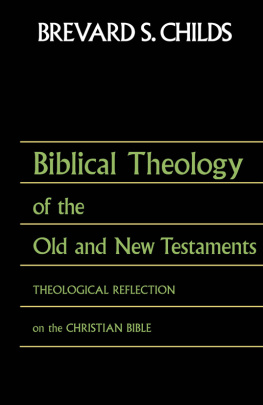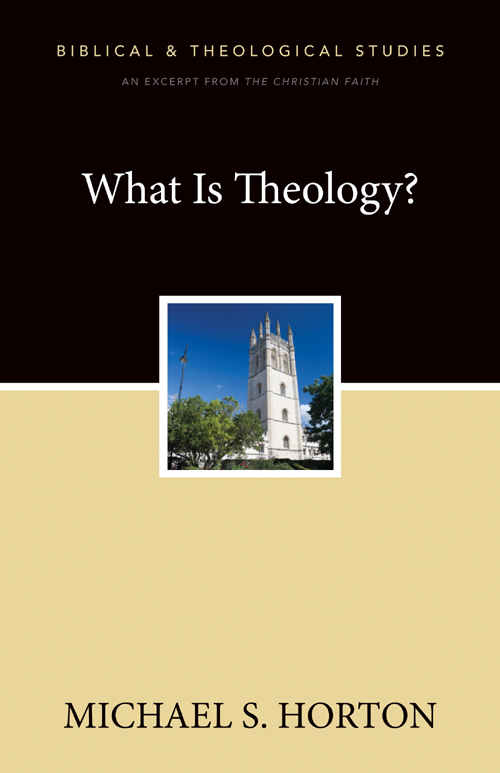CONTENTS
In the sixth book of Nicomachean Ethics, Aristotle identified five intellectual habits. As the term is employed in philosophy and theology, a habit is a disposition or aptitude for a particular activity, even if one has never actually done anything with it. For example, a person might have a habit for music, while never having actually learned how to sing or to play an instrument. Each habit is suited to its own particular science, depending on the object that a given field investigates:
techne (Latin, ars/English, art): used in making things
phronesis (prudentia/prudence): used in doing things (phronesis is roughly equivalent to ethics)
episteme (scientia/science): most characteristic of discursive (acquired) knowledge
nous (intellectus/intellect): most characteristic of intuitive (innate) knowledge
sophia (sapientia/wisdom): knowledge of highest objects (via contemplation)
These are not watertight compartments, of course. For example, an engineer or sculptor may be guided by various intellectual aptitudes (habits), but techne dominates. Discerning the dominant habit or way of knowing, one could then determine whether a given science was theoretical or practical. For example, Plato and Aristotle considered philosophy to be superior to other sciences because it was theoretical rather than practical.
Most Protestant scholastics held that theology was the most mixed of all the sciences, drawing on all of these ways of knowing, but that it was best characterized as sophiawisdom from heaven. However, these theologians understood wisdom in terms that differed significantly at certain points from the classical (Greek) heritage. In pursuing a specifically biblical definition, they observed that theology cannot be easily classified as either a theoretical or a practical discipline. Before we can address this question, we need to reevaluate our Western assumptions that create this problem in the first place.
In addition to these five types of intellectual activity, Aristotle emphasized (like his mentor, Plato) that the highestsophia, from which philosophy (love of wisdom) is named can only be attained through constant theria (contemplation). In this way, knowing is an act of a subject seizing, grasping, dissecting, comprehending, mastering, and possessing its object.
Plato contrasted philosophers with art fanciers and practical people, whose vocations keep them imprisoned in the realm of appearances. It makes sense in Platos scheme: a botanist studies imperfect copies (trees) rather than eternal truth (Tree), but an artist is still further down the ladder, making copies of copies! And why would one want to be a historian, dedicating ones whole life to the realm of ever-changing shadows? For centuries of pagan and Christian thought, theory meant this understanding of knowledge as a kind of direct, immediate, and glorious vision of the Archetypal Truth in its very essence. And it stood in sharp contrast with practice, which belonged to the realm of embodied existence. The problem of relating theory and practice is already provoked by this ontological dualism.
Although there were movements in Second Temple Judaism that spawned ascetic groups (such as the Essenes), they were Torah centered and devoted to hearing the Scriptures and learning and following the wisdom of the Teacher of Righteousness. Whatever we may say about this groups beliefs, it is significant that Second Temple Judaisms most monastic community consisted of hearers rather than seers.
Changes came, however, through the influence of the first-century philosopher Philo of Alexandria, who attempted to blend Judaism with Platonism. The same influences shaped early Christian monasticism in both the East and the West theria as the highest form of union with God (thesis) of which believers are capable. Obviously, this privileges the eye over the ear and intellectual union over the believers union with Christ in the flesh. It is a testimony to the transforming power of the gospel that ancient Christian writers developed a richly incarnational theology in spite of the Platonic/Neoplatonic dualism that is evident throughout their spiritual writings.
The twentieth-century German philosopher Hans Blumenberg traced the genealogy of the metaphor of vision in Western philosophy back to a dualistic conception of the world found, for example, in Parmenides poem The Way of Opinion but made common coinage by Plato. In the medieval West, monastic orders were divided between the contemplative life and the active life, although some orders strove to keep them together. The same dualistic tendency may be discerned in Protestant history, with debates over the priority of faith and practice, doctrine and life, knowing and doing.
This inner light is more interior and autonomous and, therefore, considered more trustworthy and certain than any external source of truth.
As Blumenberg points out, the modern appropriation of the metaphor of light is in many respects indistinguishable from ancient Gnosticism, identifying the inner light of the mind with a primal divine light dispersed and trapped in matter.
This description seems to fit the pedagogical ascent of mind in Origen, where purgatory is regarded as a process of spiritual education and enlightenment through various reincarnations until finally every soul (including the devil) is united with God. Origens teachings were rejected by the church, and in battles with the Gnostics, the second-century bishop Irenaeus was especially alert to the assimilation of the gospel to Greek philosophy in his confrontation with the Gnostics. Augustine also tried to transform this scheme by filling the categories with Christian content. However, the scheme itself remained deeply entrenched. Even for Augustine, the flight upward is also a flight inward.
In the biblical creation account, the word comes before the light. In fact, the light is not eternal and the darkness is not a primordial chaos (dark matter), but both are created, material bodies (the sun to rule the day, moon and stars to rule the However, Augustine still privileged the metaphor of vision/light over hearing/word, and therefore interior over exterior illumination.
Throughout the Enlightenment era, philosophers speculated that their own systems were evidence that the third age had arrived at last.
Unlike thinking and seeing, communicating is an inherently social activity. The birth of modernity is symbolized by Descartes lonely isolation in his apartment, meditating (contemplating) without conversing. He regarded every belief tainted by communally shared, historical, and embodied mediation as a toxic corruption of thought. Only by cleansing his thought of all such opinions, he imagined, could he enter the antiseptic purity of his inner chamber. Bizarrely, he assumed that through this self-imposed exile from reality he could master knowledge of it. Inevitably, individualism came into its own as the socializing effects inherent in voice as sound were minimized, notes Walter Ong. This is the devocalization of the universe, reaching its apex in Isaac Newton. Especially with the advent of deism, with the image of God as an architect rather than an actor and communicator in history, devocalization led to the impersonalization of the cosmos.
In an age of advertising and entertainment icons, as well as the Internet, treating knowledge as a kind of spatial-visual mapping and mastery of objects is only intensified. In addition, words are less trusted (and often less trustworthy), while we are perpetually tantalized by the icons that are pleasing to the eye, and also desirable for gaining wisdom (Ge 3:6 NIV).


